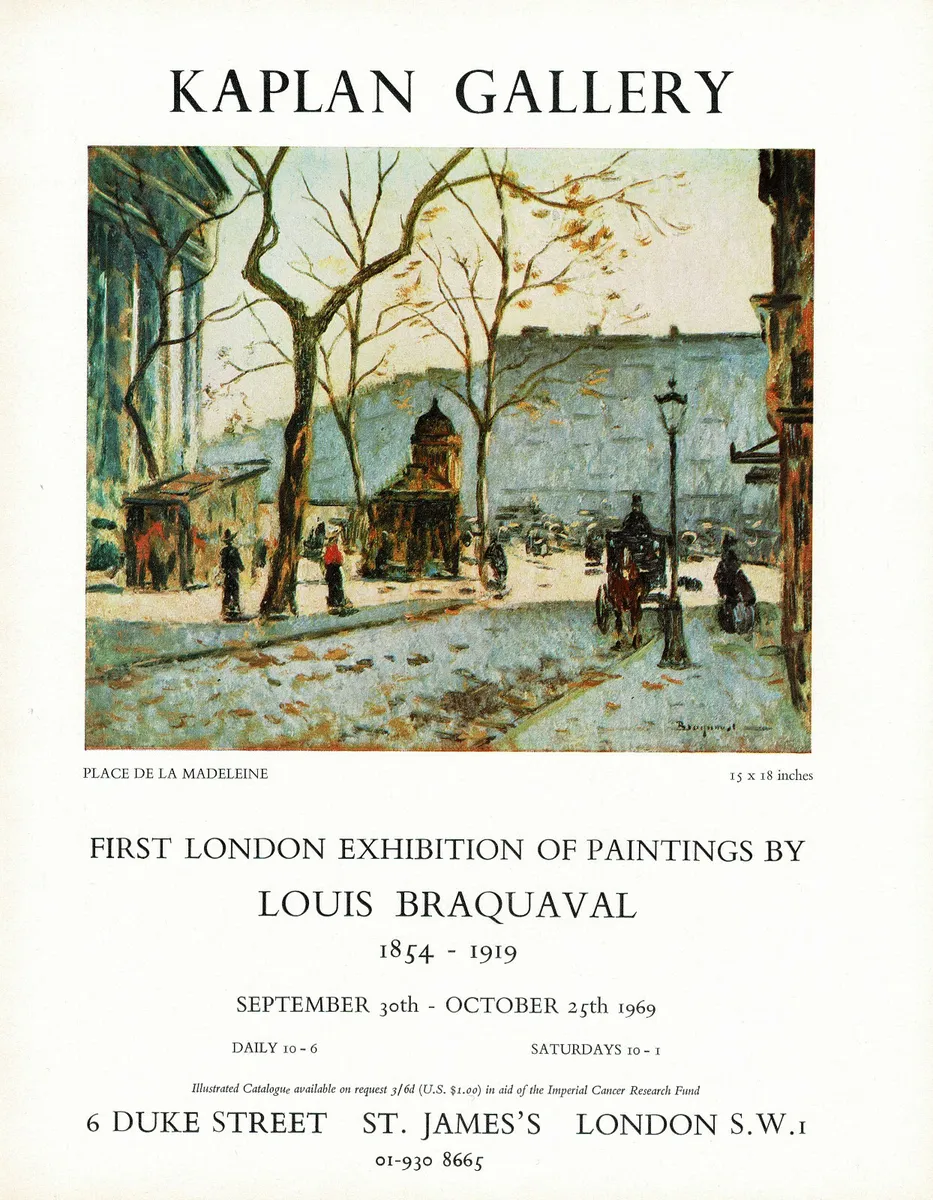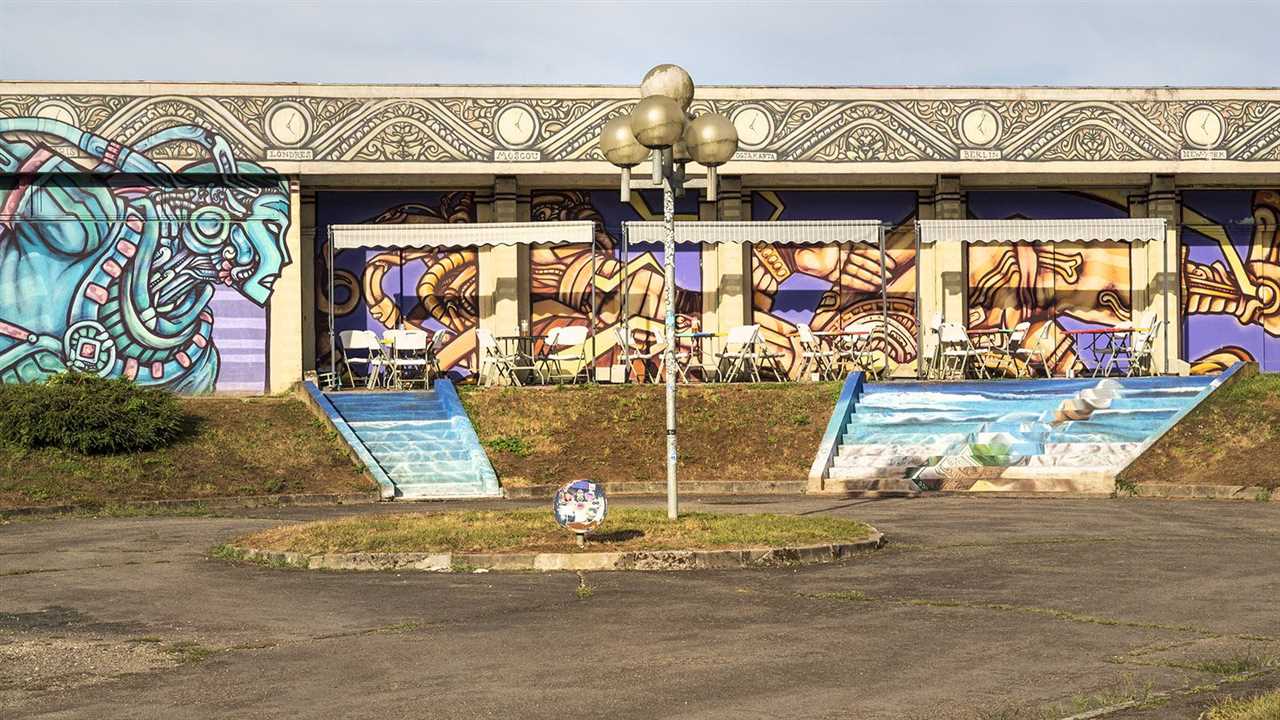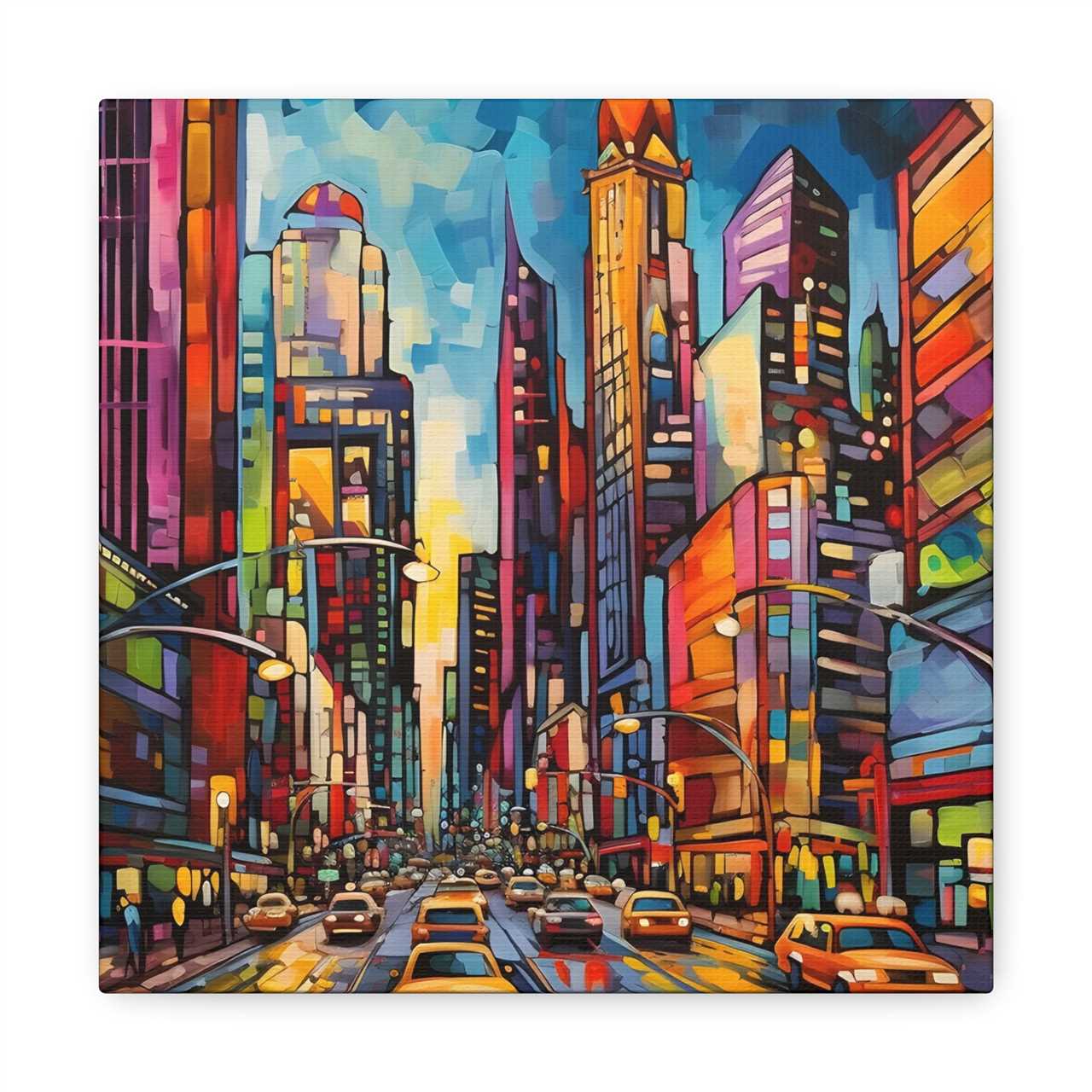
In the fast-paced world of urban living, there is a constant desire to transform public spaces into vibrant canvases that reflect the dynamic energy of the city. One of the most unique forms of artistic expression that has gained popularity in recent years is city street painting. This emerging art form takes the monotony of concrete and asphalt and transforms it into a vibrant and colorful tapestry.
Unlike traditional art forms that are confined to museums and galleries, city street painting brings art directly to the people, beautifying the urban landscape and providing a platform for self-expression and creativity. Whether it’s a large-scale mural adorning the side of a building or a small-scale piece hidden away in an alley, these works of art have the power to captivate and inspire.
What sets city street painting apart is its ephemeral nature. Unlike traditional art forms, street paintings are often temporary, subject to the wear and tear of urban life. This transience adds an element of excitement and urgency to the art form, as viewers know that they must seize the moment to experience and appreciate these fleeting masterpieces.
City street painting is not just about aesthetics; it also serves as a platform for social and political commentary. Artists use their creations to raise awareness about important issues, spark conversations, and challenge the status quo. From powerful messages about climate change to thought-provoking commentary on social inequality, street paintings have become a powerful tool for activism and change.
So, next time you find yourself walking down a city street, take a moment to look down and appreciate the vibrant urban canvas beneath your feet. City street painting is a testament to the human desire for self-expression, imagination, and the power of art to transform our everyday reality into something extraordinary.
However, it wasn’t until the Renaissance period in Europe that street painting started to gain popularity as a form of public art. During this time, artists would create elaborate chalk or charcoal drawings on the streets to entertain and captivate the public.
Street painting experienced a revival in the late 20th century, thanks to the efforts of artists like Kurt Wenner and Julian Beever. These artists developed new techniques and materials, such as using acrylic paints and 3D illusions, to create breathtaking street paintings. Their work gained international recognition and paved the way for many other talented artists to explore this unique art form.
Today, street painting has become a global phenomenon, with festivals and events dedicated to showcasing this vibrant form of art. Artists from all over the world come together to transform city streets into vibrant urban canvases, creating temporary masterpieces that capture the imagination of the public.
The Rise of Colorful Street Art
In recent years, street art has experienced a dramatic surge in popularity, transforming cities into vibrant urban canvases. This artistic movement, characterized by colorful and bold imagery, has captivated the attention of both locals and tourists alike.
Street art is no longer seen as mere vandalism, but as a legitimate form of artistic expression. Artists around the world are using the streets as their canvas, bringing life and creativity to once drab and mundane cityscapes.
What sets street art apart is its accessibility. Unlike traditional artwork found in galleries and museums, street art is free and accessible to anyone who happens to stumble upon it. This democratic nature of street art has made it an integral part of urban culture.
Breaking Boundaries
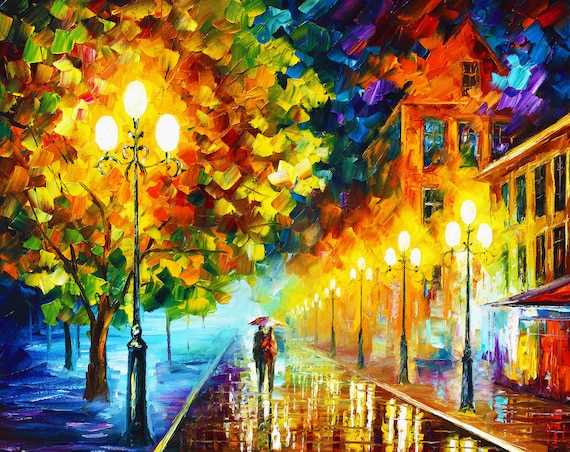
Street artists are breaking the boundaries of what is considered art by incorporating a wide range of techniques and styles. From stencils and graffiti to murals and sculptures, street art encompasses a diverse array of creative mediums.
Moreover, street art often carries a powerful message. Many artists use their work to address social, political, and environmental issues, seeking to provoke thought and spark conversations. By taking art out of traditional settings, street artists have the unique ability to engage viewers in a meaningful and unexpected way.
A Global Phenomenon
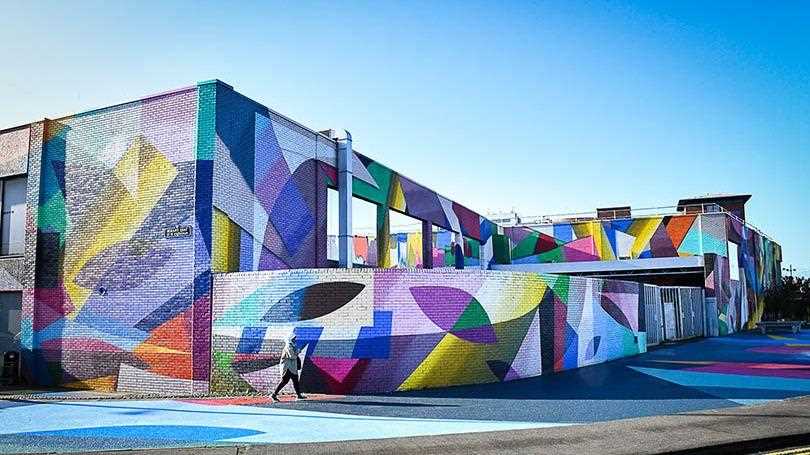
Street art can be found in cities around the world, with each location boasting its own unique style and scene. From the colorful murals of Valparaiso, Chile to the vibrant street art of Shoreditch in London, there is no shortage of stunning artwork to discover.
With the rise of social media, street art has become a global phenomenon. People from all corners of the globe are sharing photos and stories of their favorite street art finds, further contributing to the widespread appreciation and recognition of this art form.
Techniques and Materials
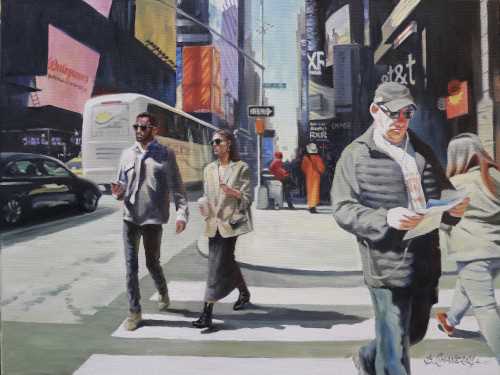
City street painting is a unique form of art that requires specific techniques and materials to create vibrant urban canvases. Artists who specialize in this art form use various tools and materials to bring their vision to life on the streets.
One of the most commonly used techniques in city street painting is the trompe-l’oeil technique. This technique is designed to create realistic, three-dimensional illusions on flat surfaces. Artists use shading, perspective, and intricate detailing to create depth and make their painting appear as if it is popping out of the ground.
To achieve these realistic effects, street artists often use chalk or pastels as their primary medium. Chalk is a versatile material that can easily be blended and smudged to create different textures and shades. Pastels, on the other hand, offer a wide range of vibrant colors that can make the painting truly stand out.
In addition to chalk and pastels, street artists may also use acrylic paints or spray paints. Acrylic paints are an excellent choice for adding details and vibrant colors to the artwork. Spray paints, on the other hand, offer quick coverage and can be used to create bold, eye-catching elements.
When painting on city streets, artists also need to consider the surface they are working on. Most street paintings are done on asphalt or concrete surfaces, which require specific preparation and sealing techniques. Artists use primers and sealants to ensure that their artwork adheres properly to the surface and withstands natural elements.
To create precise lines and intricate details, street artists often utilize stencils and masking tape. These tools help them achieve clean and defined edges, especially when working on complex designs or lettering. Some artists may also use brushes and sponges to add additional texture or highlights to their paintings.
Overall, city street painting is a unique art form that combines creativity, skill, and urban environments. The use of various techniques and materials allows artists to transform ordinary streets into vibrant urban canvases that captivate and inspire passersby.
Aerosol Art: Transforming Walls into Murals
What makes aerosol art unique is its bold and vibrant nature. The use of spray paint allows artists to create large-scale, eye-catching works that can transform an ordinary wall into a mesmerizing piece of art. The colors used in aerosol art are often intense and vivid, making the murals stand out in any urban landscape.
One of the key advantages of aerosol art is its accessibility. Unlike traditional art forms, such as painting or sculpture, aerosol art can be created quickly and easily. Artists can spray paint murals during the day or night, and the process does not require a lot of equipment or specialized tools. This accessibility has made aerosol art a popular choice for urban artists looking to make a statement or beautify their surroundings.
Another characteristic of aerosol art is its temporary nature. Murals created with spray paint are subject to weather conditions and can fade or deteriorate over time. While this may be seen as a downside by some, others view it as part of the art form’s beauty and impermanence. The constant evolution and change of aerosol art reflect the dynamic nature of the urban environment.
In recent years, aerosol art has gained recognition as a legitimate form of artistic expression. Many cities have embraced street art and have designated areas where artists can legally paint murals. Some artists have even made a name for themselves through their aerosol art, with their works being showcased in galleries and museums.
Whether it’s a small-scale graffiti piece or a massive mural, aerosol art has the power to transform walls and urban landscapes into vibrant and captivating spaces. This form of street art allows artists to express themselves and bring color to the concrete jungle.
Understanding Graffiti as an Art Form
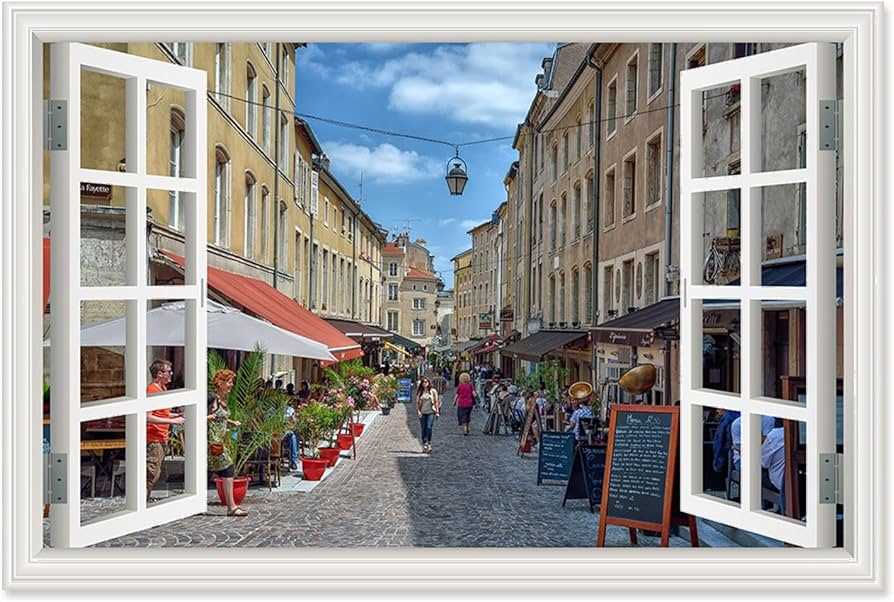
Graffiti has long been a subject of debate, with some considering it a form of vandalism and others recognizing it as a legitimate form of artistic expression. However, when properly understood and appreciated, graffiti can be seen as an art form with its own unique characteristics and cultural significance.
A Medium for Self-Expression
Graffiti provides individuals with a platform to express their thoughts, emotions, and perspectives in an urban environment. Artists use vibrant colors, intricate patterns, and powerful imagery to convey messages that might otherwise go unnoticed or ignored. It allows individuals to challenge the status quo, voice their opinions, and bring attention to social and political issues.
A Reflection of Urban Culture
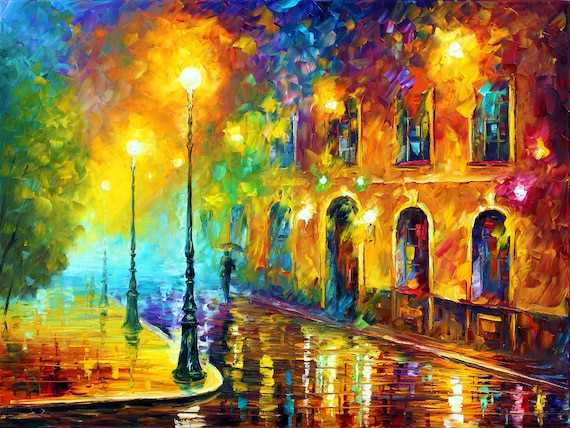
Graffiti is deeply interconnected with urban culture, forming a visual narrative of a city’s history and identity. It often reflects the concerns, values, and experiences of the local community. From street names and symbols to murals that depict local heroes, graffiti serves as a visual language that tells stories about the people who inhabit and shape the urban environment.
Graffiti can also exemplify the diversity and multiculturalism of a city, as artists from different backgrounds contribute to the vibrant tapestry of street art. It creates a sense of belonging and pride among residents, while also attracting tourists and fostering a sense of community.
A Mash-Up of Styles and Techniques
One characteristic of graffiti as an art form is the wide range of styles and techniques used by artists. From stenciling and tagging to intricate spray-painted murals, graffiti artists employ various methods to create their works. This diversity in styles not only adds visual interest to the urban landscape but also showcases the creativity and innovation of graffiti artists.
The use of unconventional materials and surfaces, such as concrete walls, trains, and abandoned buildings, adds to the raw and edgy nature of graffiti. It challenges traditional artistic norms and blurs the boundaries between high art and popular culture, making it accessible to a wide audience.
- Graffiti allows individuals to express themselves and challenge the status quo.
- It reflects the concerns, values, and experiences of the urban community.
- Graffiti showcases a variety of styles and techniques, adding visual interest to the urban landscape.
- It blurs the boundaries between high art and popular culture, making it accessible to a wide audience.
The Impact of Street Painting on Urban Communities
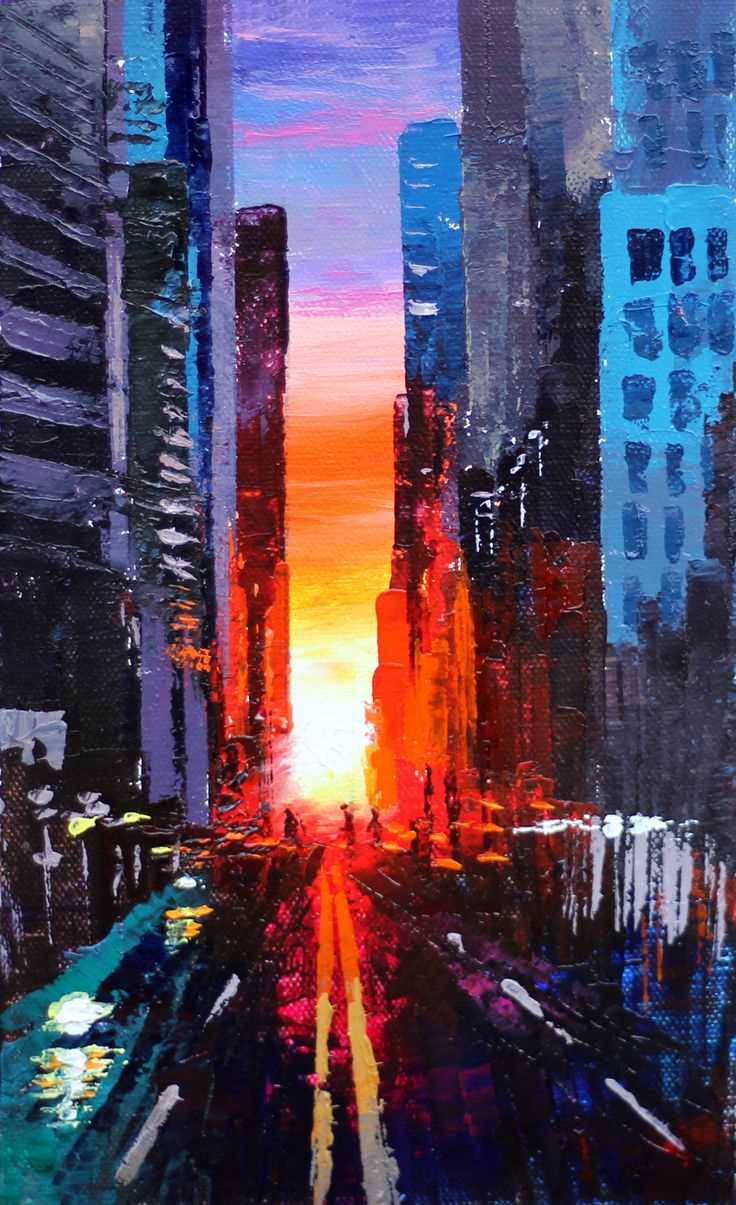
Street painting, often referred to as pavement art or sidewalk art, has a significant impact on urban communities. It transforms dull and monotonous city streets into vibrant and colorful spaces that reflect the local culture and community spirit. These artistic expressions not only enhance the aesthetic appeal of the urban landscape but also have various other positive effects.
1. Encouraging Community Engagement
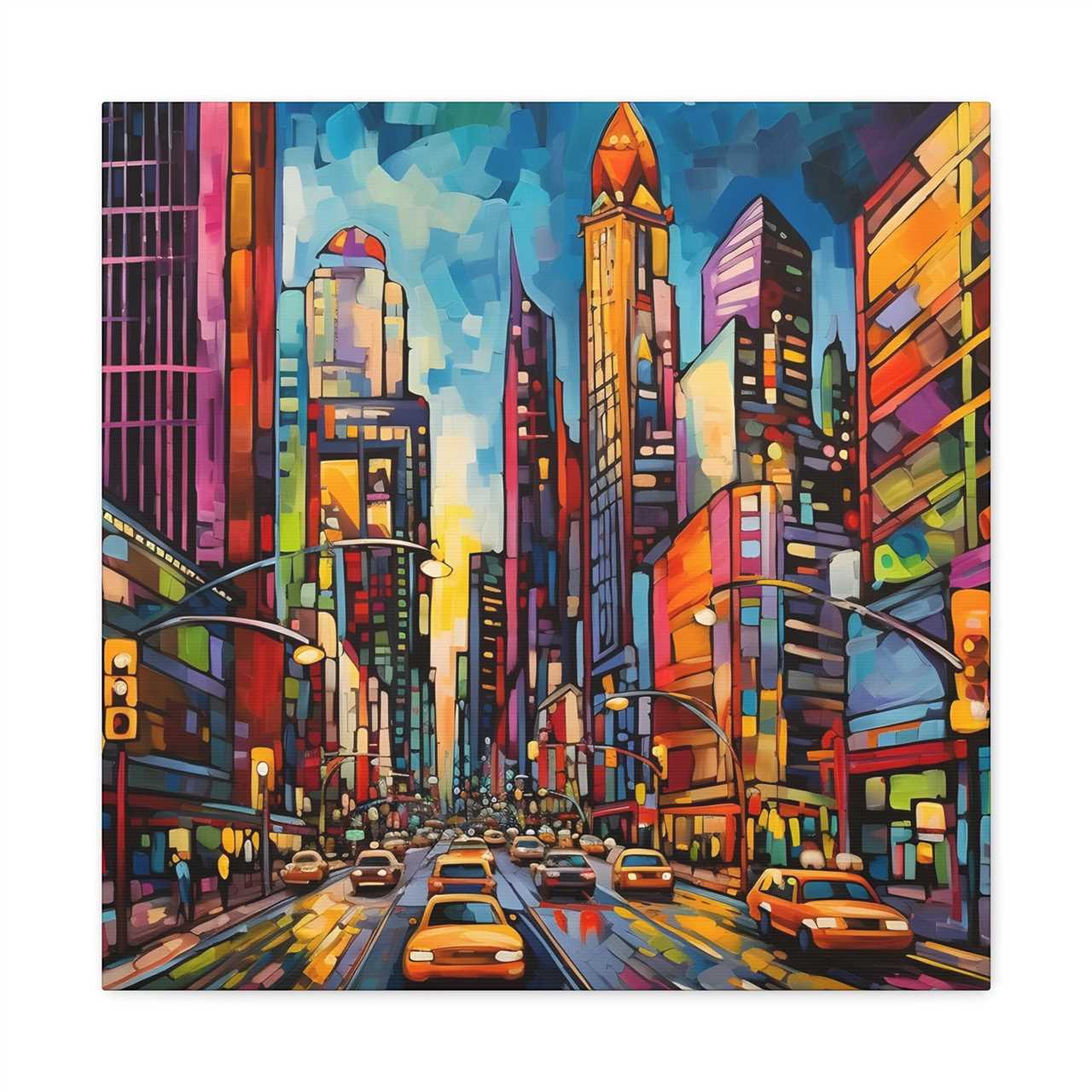
Street painting projects involve local artists, community members, and even passersby, encouraging active participation and collaboration. Through workshops and community events, artists are able to engage with people from diverse backgrounds, fostering a sense of inclusivity and unity within the urban community.
By involving residents in the creation of street art, a sense of ownership and pride is developed towards these public spaces. This generates a stronger sense of community identity, promoting social cohesion and interaction among individuals who may otherwise have limited opportunities to connect.
2. Inspiring Creativity and Expression
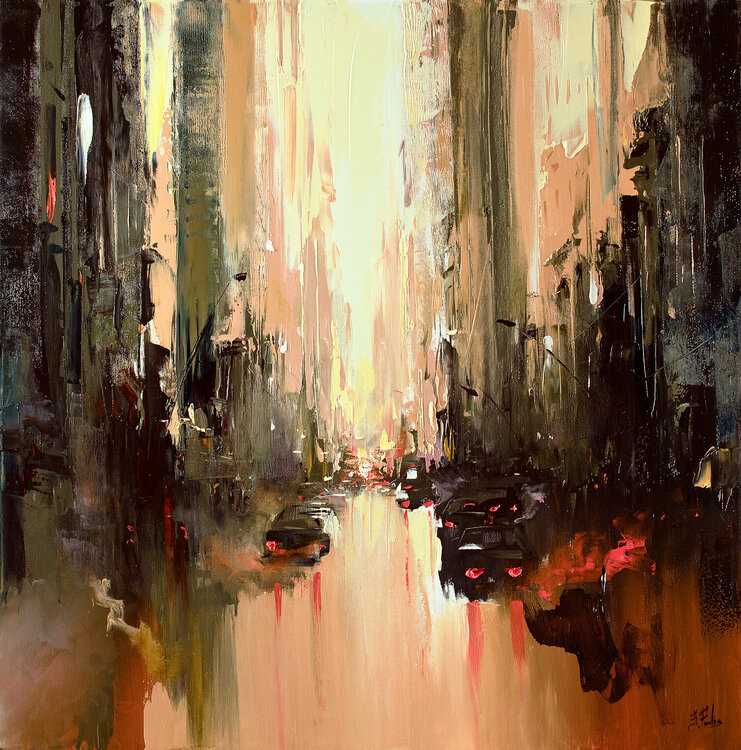
Street painting serves as a platform for artists to showcase their creativity and unique styles in a public setting. These vibrant and imaginative artworks inspire and encourage artistic expression among both aspiring and experienced artists. By making art more accessible and visible, street painting challenges traditional notions of fine art and encourages a broader understanding and appreciation of creativity.
Additionally, street painting can open up opportunities for local artists to gain recognition and pursue careers in the arts. It can act as a stepping stone by providing exposure and attracting attention from art enthusiasts, gallery owners, and potential clients.
Challenges and Controversies Surrounding Street Art
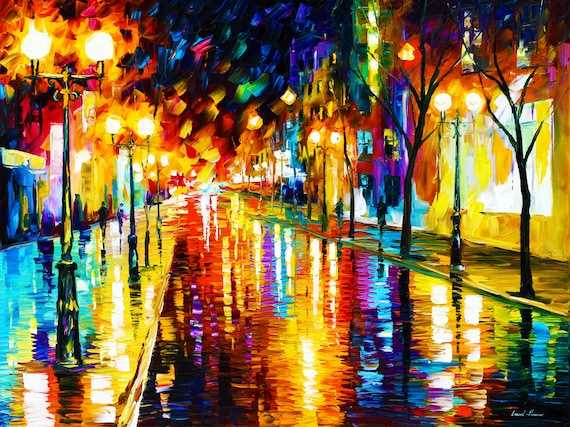
While street art has gained popularity and recognition as a vibrant form of urban expression, it is not without its challenges and controversies. Here are some of the main issues that street artists and communities face:
Legal and Property Rights
One of the biggest challenges for street artists is the legality of their work. Many cities have regulations against graffiti and street art, categorizing them as vandalism or illegal activities. Artists often face fines, property damage claims, and even legal action for their creations. This raises questions about the balance between artistic expression and property rights.
Quality and Aesthetics
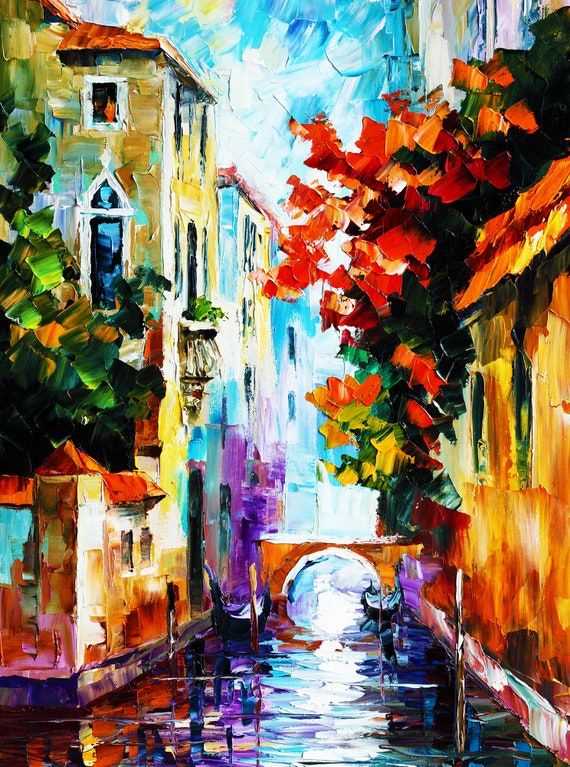
Another issue that arises is the subjective nature of art. While some may find street art visually appealing, others may view it as an eyesore. This difference in opinions often leads to debates about the quality and aesthetics of street art. It raises questions about what constitutes “good” or “bad” art and whether it should be allowed in public spaces.
Moreover, some argue that street art dilutes the cultural value and significance of historical or commissioned artworks. They believe that street art, with its ephemeral nature and lack of official recognition, undermines other forms of art that have gone through traditional channels of acceptance.
Gentrification and Commercialization
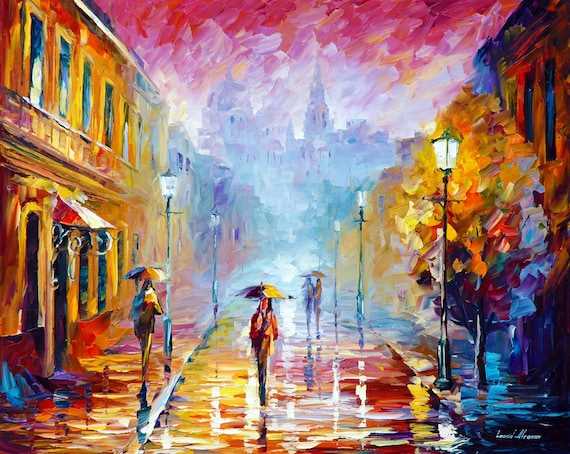
Street art has become a trendy attraction in many cities, leading to the phenomenon of “artwashing,” where neighborhoods are revitalized and gentrified based on their street art scenes. While this may bring economic benefits, it also raises concerns about the exploitation and commercialization of street art.
Many artists feel that their work is being commodified and used for profit without their consent or proper compensation. Additionally, some argue that the street art loses its authenticity and countercultural spirit when it becomes a tool for urban development and tourism.
Celebrating the Diversity of Street Art around the World
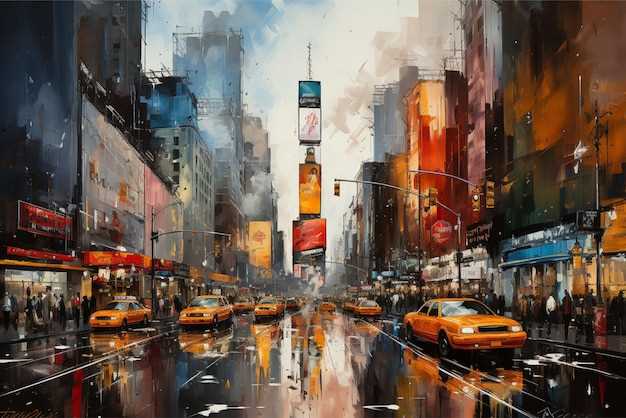
Street art has become an increasingly popular form of artistic expression in cities around the world. From vibrant murals to intricate stencils, street art adds a unique touch to urban environments and often reflects the culture and history of the local community.
One of the most fascinating aspects of street art is its diversity. Artists from different backgrounds and countries bring their own styles and techniques to the streets, resulting in a kaleidoscope of artistic expressions. In Brazil, for example, the graffiti scene is known for its bold and colorful aesthetic, often inspired by the country’s rich cultural heritage. Meanwhile, in cities like Berlin and London, street art tends to incorporate political and social messages, challenging the status quo and provoking thought.
Street art is not limited to traditional paintings on walls. Artists also use a variety of mediums and techniques to create their works. Some artists specialize in intricate stencil art, using layers of stencils to create detailed and precise images. Others use wheatpaste, a mixture of flour and water, to paste posters or artworks onto walls. Still, others create installations or sculptures in public spaces, turning streets into galleries.
One of the most famous cities for street art is Buenos Aires, Argentina, where the walls are adorned with colorful and vibrant murals. The city has even organized guided tours to showcase the best street art spots and introduce visitors to local artists. In cities like Melbourne, Australia, street art has become an integral part of the urban landscape, with designated areas where artists can legally express themselves.
Street art has the power to transform ordinary neighborhoods into vibrant cultural hubs. It can bring communities together, spark conversations, and promote social change. By celebrating the diversity of street art around the world, we can appreciate the unique voices and perspectives that artists bring to our cities.
| Countries | Styles |
|---|---|
| Brazil | Bold and colorful, influenced by cultural heritage |
| Berlin and London | Political and social messages, challenging the status quo |
| Buenos Aires, Argentina | Colorful and vibrant murals |
| Melbourne, Australia | Integral part of the urban landscape, designated areas for legal expression |

I am a mural enthusiast and a fervent admirer of street art. Rather than creating murals myself, I am passionate about collecting them. My love for street art knows no bounds. I am dedicated to curating and cherishing these artworks that grace the streets. My collection stands as a testament to my profound appreciation for this form of artistic expression.
read about me


